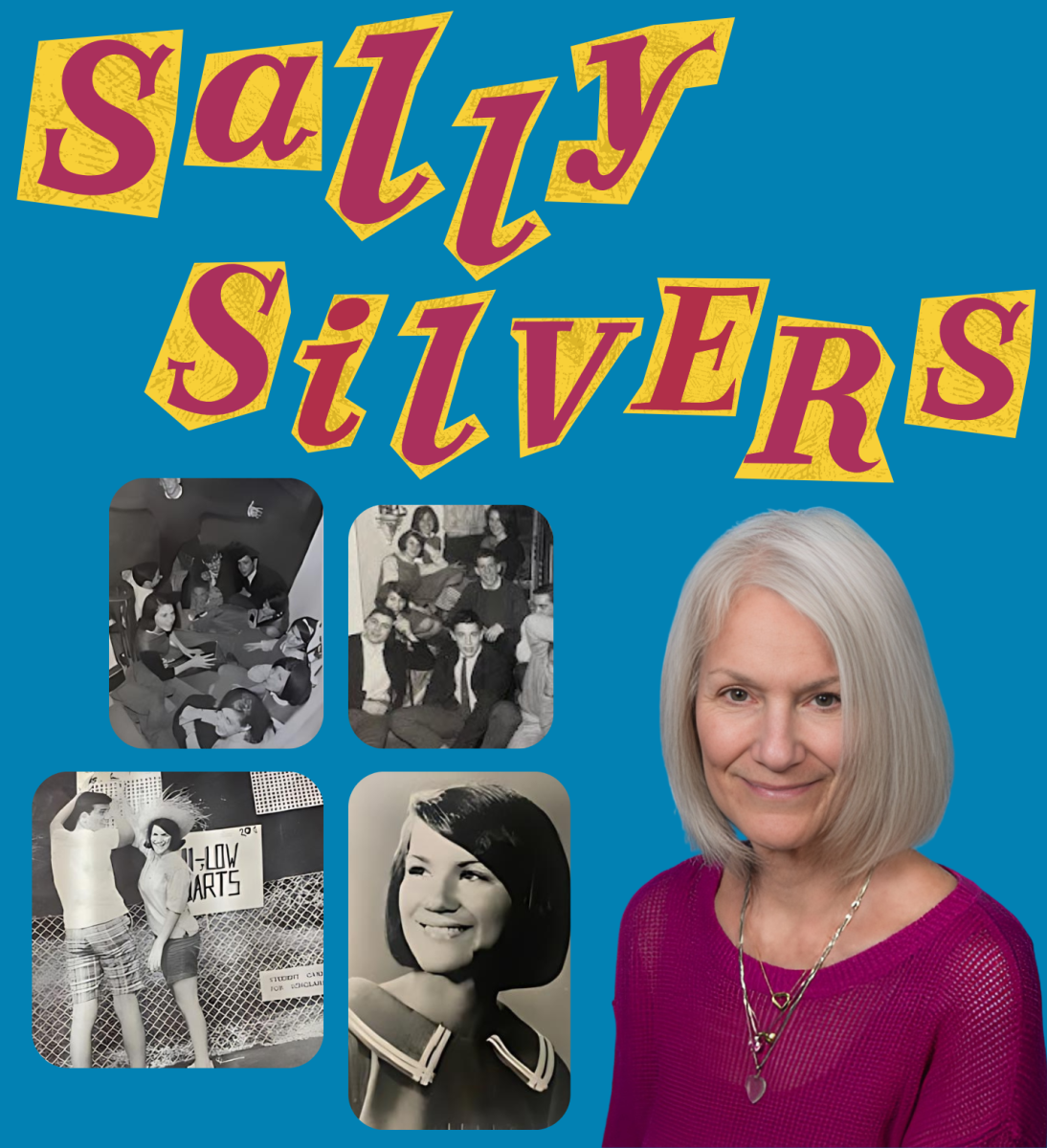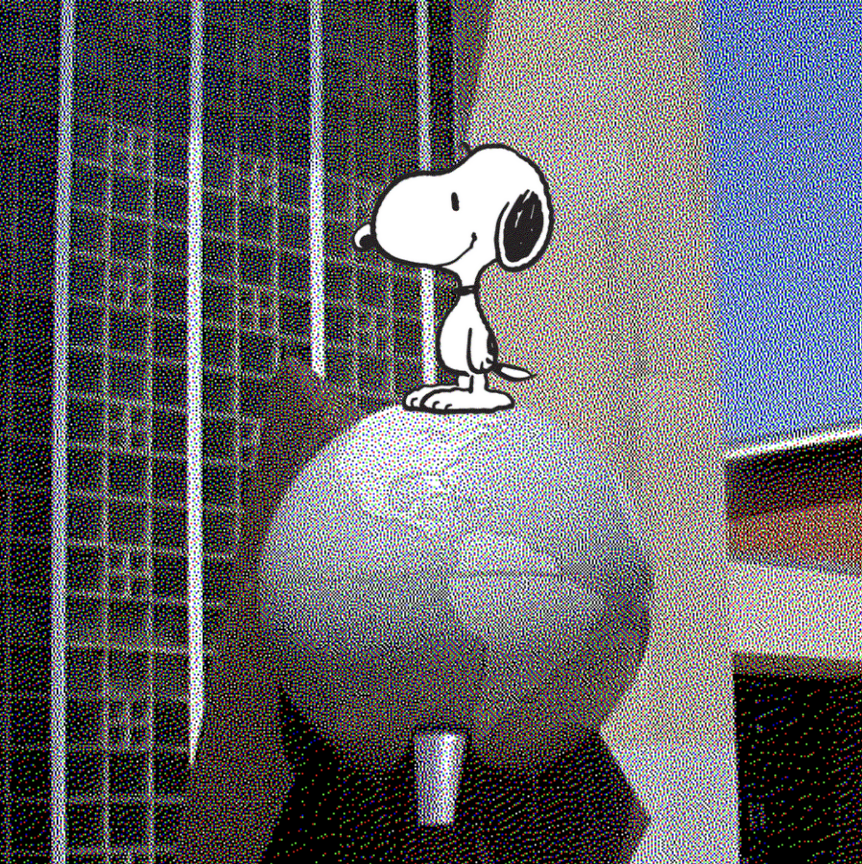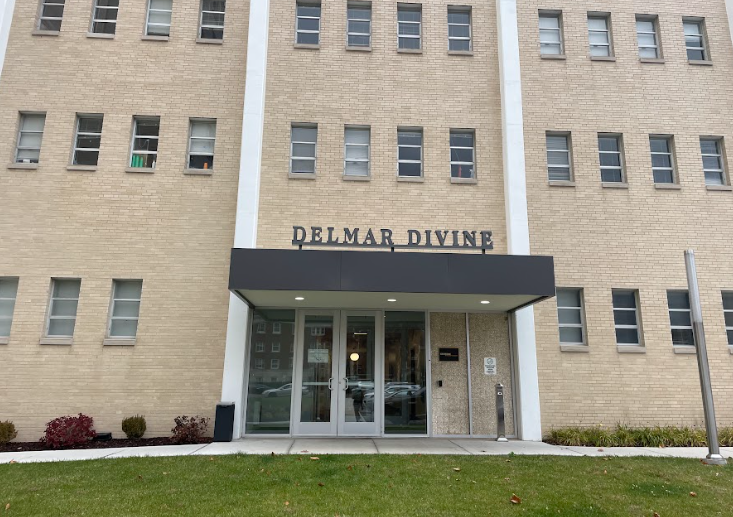Known as a radical communist, artist Joe Jones broke barriers with his statement paintings and detailed lithographs. The exhibit “Joe Jones: Painter of the American Scene†is on display at the St. Louis Art Museum from Oct. 10, 2010 through Jan. 2, 2011.
Jones was born in St. Louis in 1909 and began painting at the age of 16. The first room of the exhibit is called “St. Louis Subjects.†Mounted on the walls are some of Jones’ earliest works.
Just like many other artists, Jones began by employing family members to model for his paintings. These paintings include a painting of his wife Freda, his mother, his father, and his aunt Bessie.
Throughout the first room, it is obvious that the young Jones loved to experiment with color. His pieces are vibrant and lively and he uses color to convey the emotion of the painting.
The painting titled “My Father†is a view of his father from the back. Even though it is one of the more somber pieces of the bunch, with a gray color palate and muted lighting, there is a life that Jones captures in his portrayal of his father through the color choice and perspective.
The second room of the exhibit is called “St. Louis Scene.†Many of the pieces in this room are simple and geometric, a stark difference from the realistic and detailed paintings of his family members in the first room.
The second room feels like a tour of St. Louis in the early 1930s. Lithographs of neighborhoods are combined with murals of the riverfront in a display of St. Louis’ greatest sights.
A nod to Jones’ later, darker works can be seen in a painting called “The Struggle.†This painting stands out among the brightly colored, geometric paintings of the second room because of its detail and somber mood. It is a good segue to the next room, titled “Injustice.â€
“Paint things that will knock holes in the walls,†Jones once said.
The third room of paintings portrays the heroism of the middle class. Jones was an active rebel against the white, dominant business owners of the early 1930s. He was a young idealist who made political statements through his art. In this room there are many paintings of oppressed African-Americans working for white men. One painting titled “We Demand†was painted in 1934 of a protest by African Americans for more rights as workers.
The fourth room is titled “The Dust Bowl.†Jones often found inspiration by observing the working class farmers in the South. Many of the paintings in this room depict the hardships that farmers had to face during the devastating Dust Bowl. Many of the pieces in this room are in simple brush and ink wash. By not using brightly colored oil paints, Jones gives his pieces texture and feel of dust.
One piece in particular in the fourth room titled “Our American Farms†is a drawing of a small, dilapidated farm on the top of a mound of a dust. The ground is parched and the scene gives the viewer a sense of the despair that farmers felt due to the Dust Bowl.
The final room of the exhibit is called “The Heartland.†Jones was considered the “professor of wheat†because of his brilliant murals of the wheat workers in the south. Although the Dust Bowl was depressing, Jones respected the farmers’ determination and portrayed them as heroes of the working class in these paintings. Light colors and happy workers don the walls of this final room.
Jones was an artist with a mission. He created art that brought social problems to the public eye. In his vivid interpretations of the struggles of the 1930s, Jones made a profound statement about the power of the people. The exhibit “Joe Jones: Painter of the American Scene†at the St. Louis Art Museum is intriguing and thought-provoking. A must-see.






